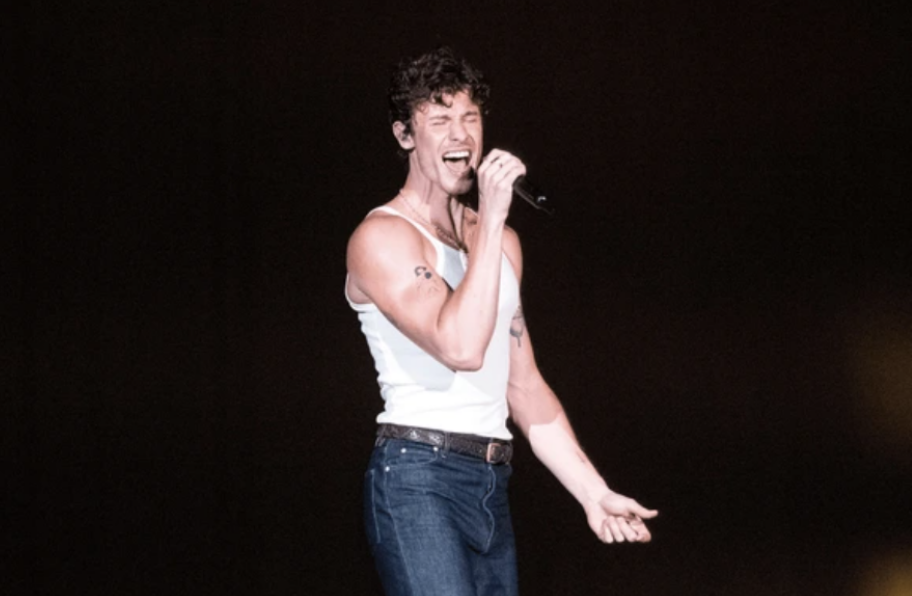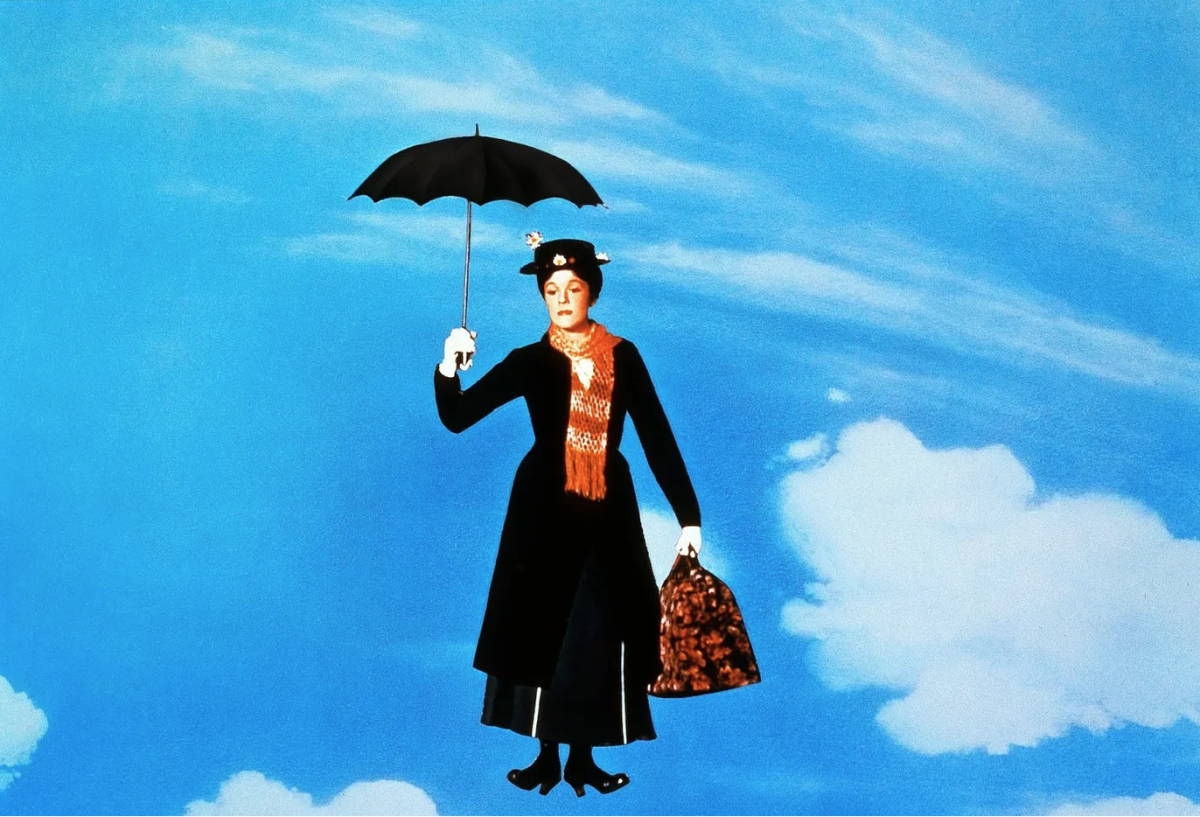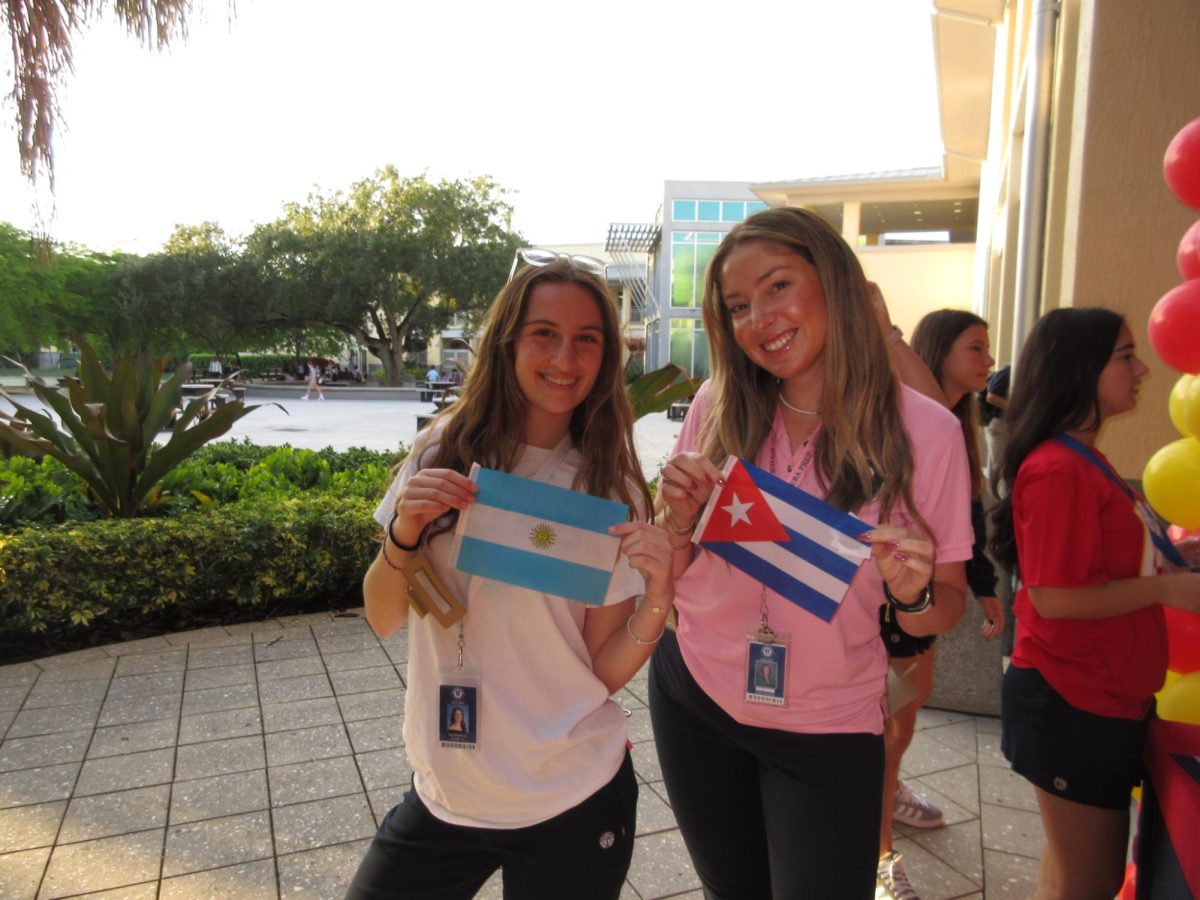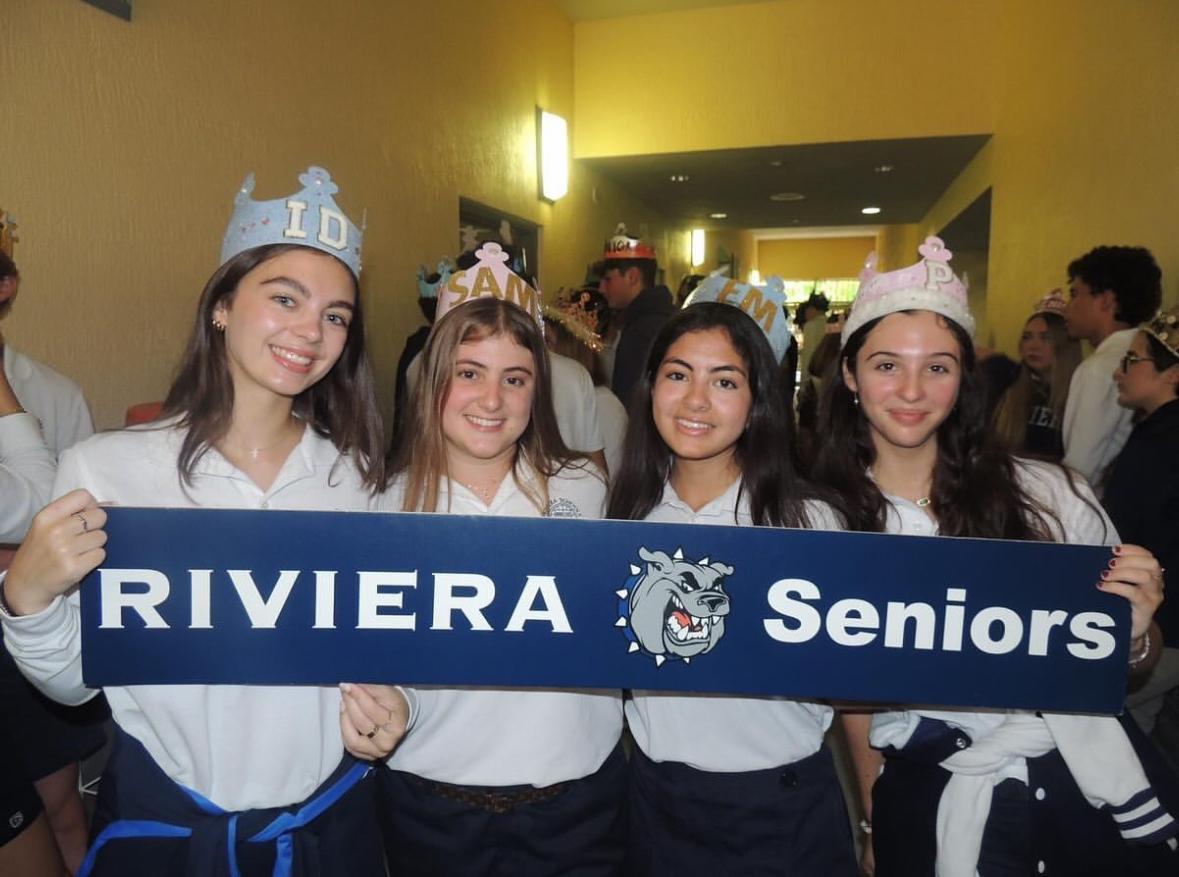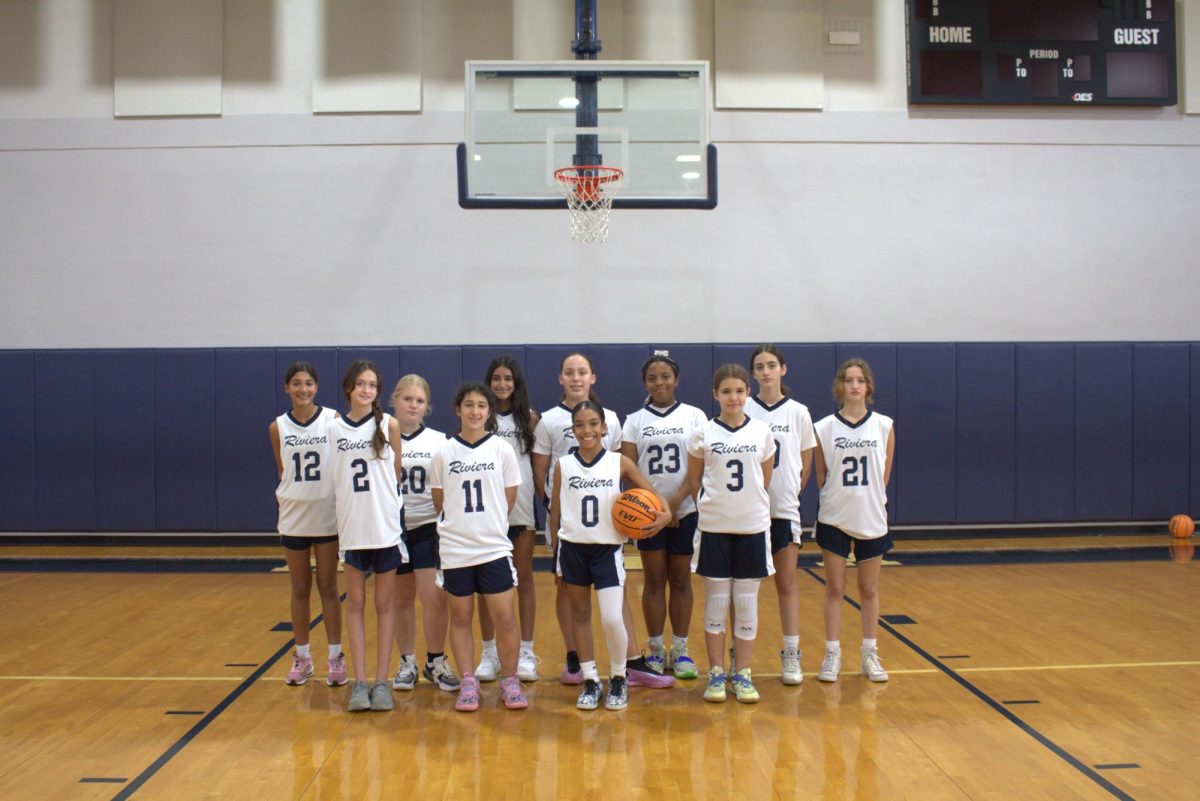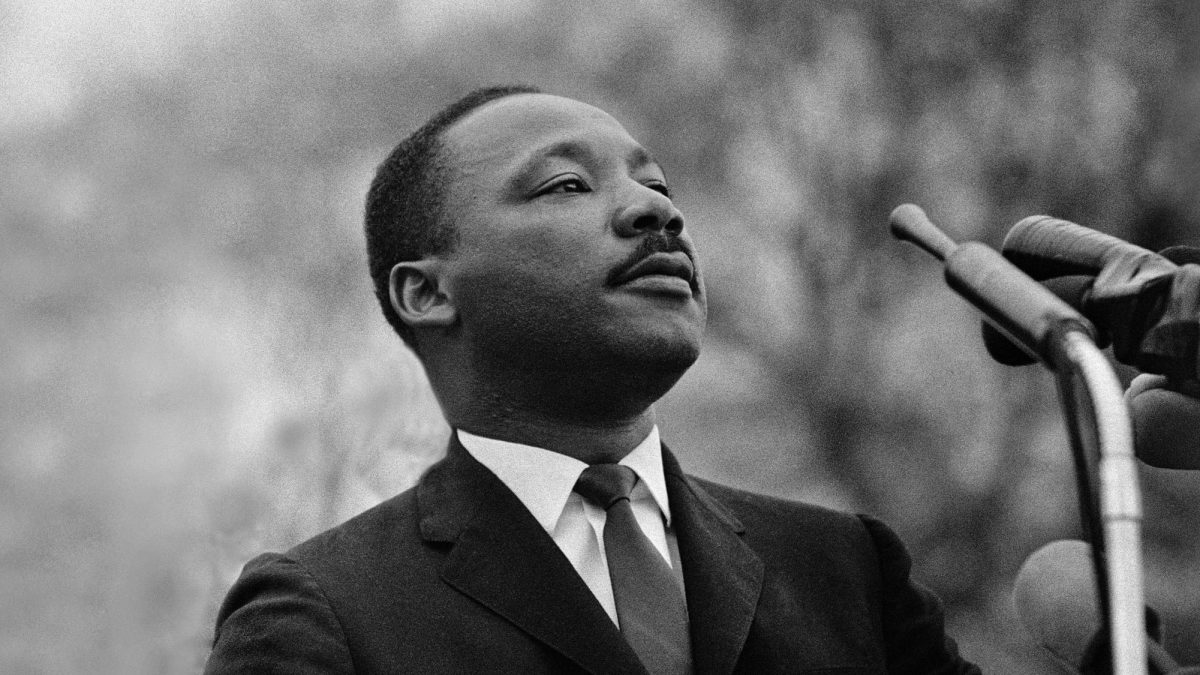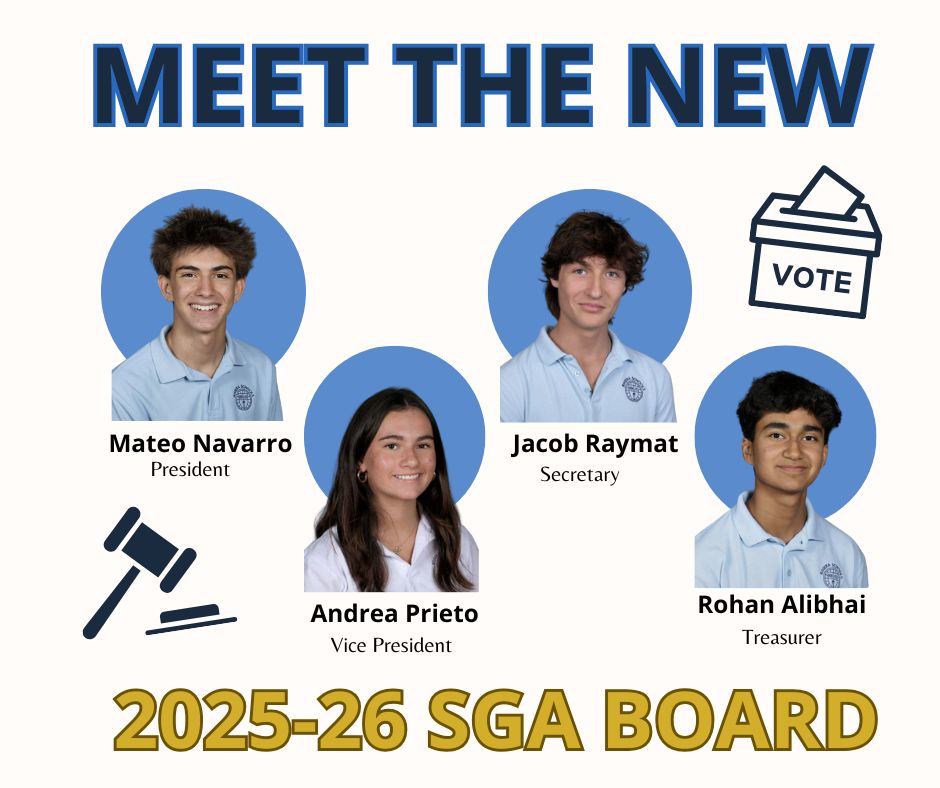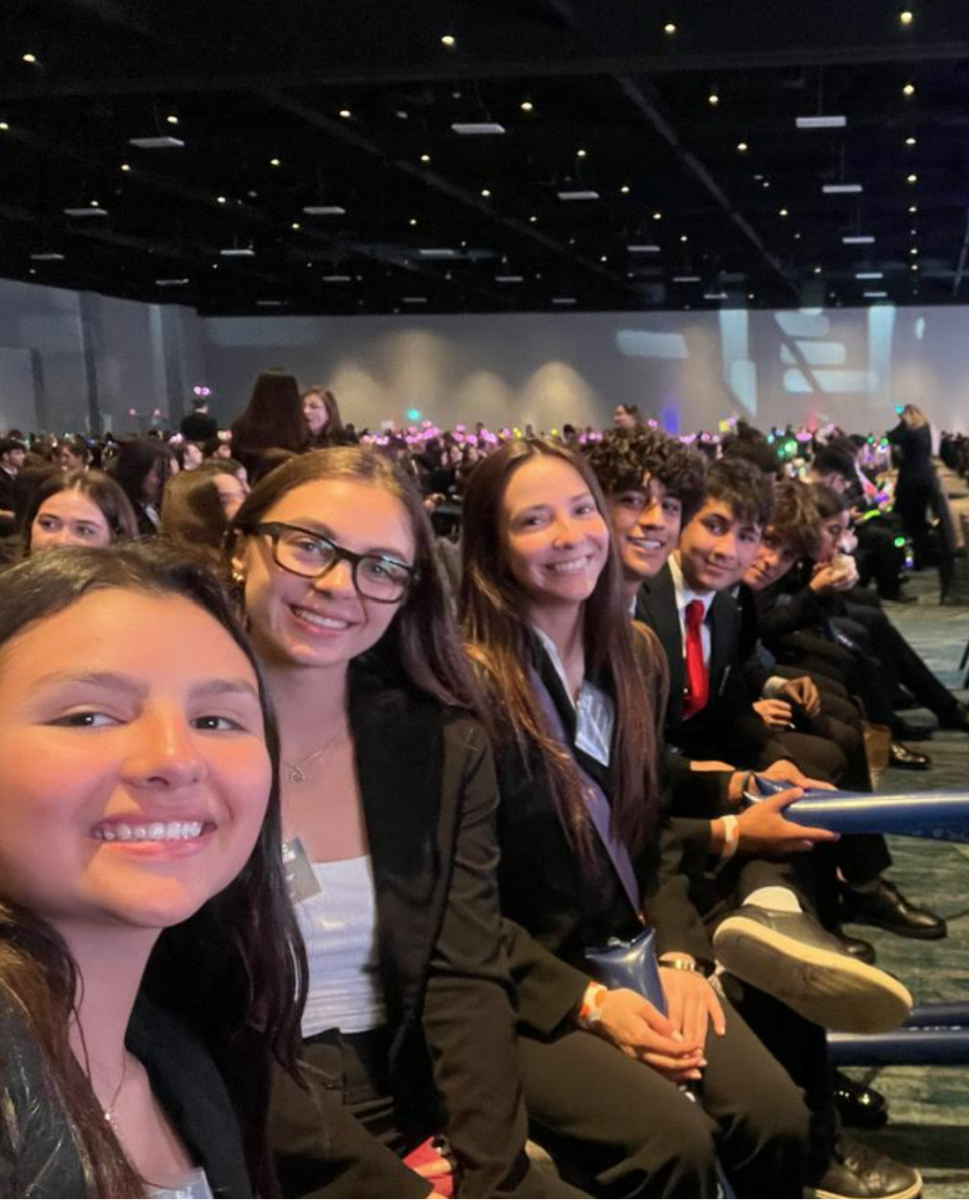Native American Heritage Month is federally celebrated every November to honor and remember those who occupied the land before us. During this month, we commemorate the traditions, language, and stories of Native Americans, Alaskans, Hawaiians, and other Pacific Island communities to ensure that their histories are passed down to future generations.
While we recognize these Indigenous groups, we must also go beyond celebration and address the lack of education provided in our country today. Overall, encouraging respect and promoting Native American cultural sensitivity can strengthen community awareness.
In the United States—and celebrated in school as well—Heritage Months are special periods throughout the year dedicated to recognizing the contributions of various ethnic and marginalized groups. We have Hispanic Heritage Month, Italian Heritage Month, French Heritage Month, and the upcoming Native American Heritage Month. Our school enriches these celebrations by adorning the school with vibrant decorations, showcasing music during assemblies, and serving traditional foods from each culture at lunch. However, expanding these celebrations could provide even more enriching experiences for our community.
After speaking to current AP World and Research teacher Sarah Otero, whose husband is from the Miccosukee Tribe, the importance of educating our community on Native American culture because these communities still exist became clear.
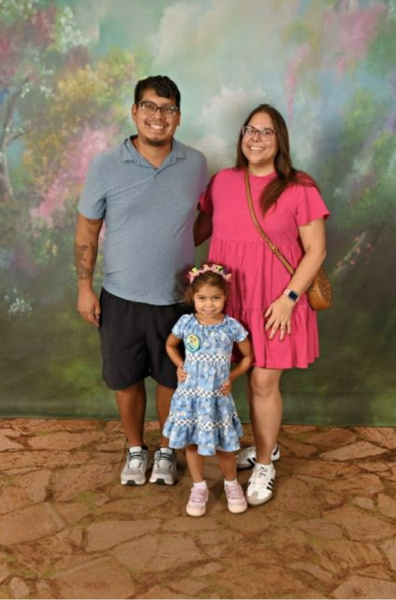
She said, “There are hundreds of federally recognized tribes in the United States”.
Otero also said that listening to native speakers is the primary way to educate our community on their respective culture.
Furthermore, here are some ways that we can educate the student body on varying cultures and communities:
- Assemblies: One way to enhance cultural education could be through assemblies. Every Friday, our school gathers in the gym for lively assemblies that build community spirit. During these events, the Culture Club could share various groups’ histories and vibrant cultures. What started as a celebration can evolve into spreading awareness and fostering appreciation, using storytelling, music, and dance to highlight the unique contributions of each culture within our school.
- WRIV TV: WRIV TV could consider creating a weekly segment featuring different cultures. This can go by month; each episode can highlight a specific culture based on their respective month. Students can better understand and appreciate diversity by sharing stories and discussing these groups’ impact on society today.
- History Day: Dedicating one day each month for history classes to focus on the celebrated ethnic group could enhance students’ understanding of diverse cultures. This initiative would foster empathy and appreciation while combating stereotypes, allowing students to share their backgrounds and experiences.
Despite the profound influence of Native American culture woven into the fabric of our daily lives, there is often limited awareness about the contributions of Native American culture on our land, government, and collective history—both past and future. The foods we eat, the streets we drive, and the architecture surrounding us all have deep roots in the traditions of Indigenous peoples. According to EdTechBooks, even the framework of our Constitution and our national symbol were inspired by Native Americans namely the Iroquois Confederacy.
Recognizing these contributions enhances our understanding of American identity and heritage, enabling us to acknowledge and celebrate the rich tapestry of cultures that have shaped our society.





